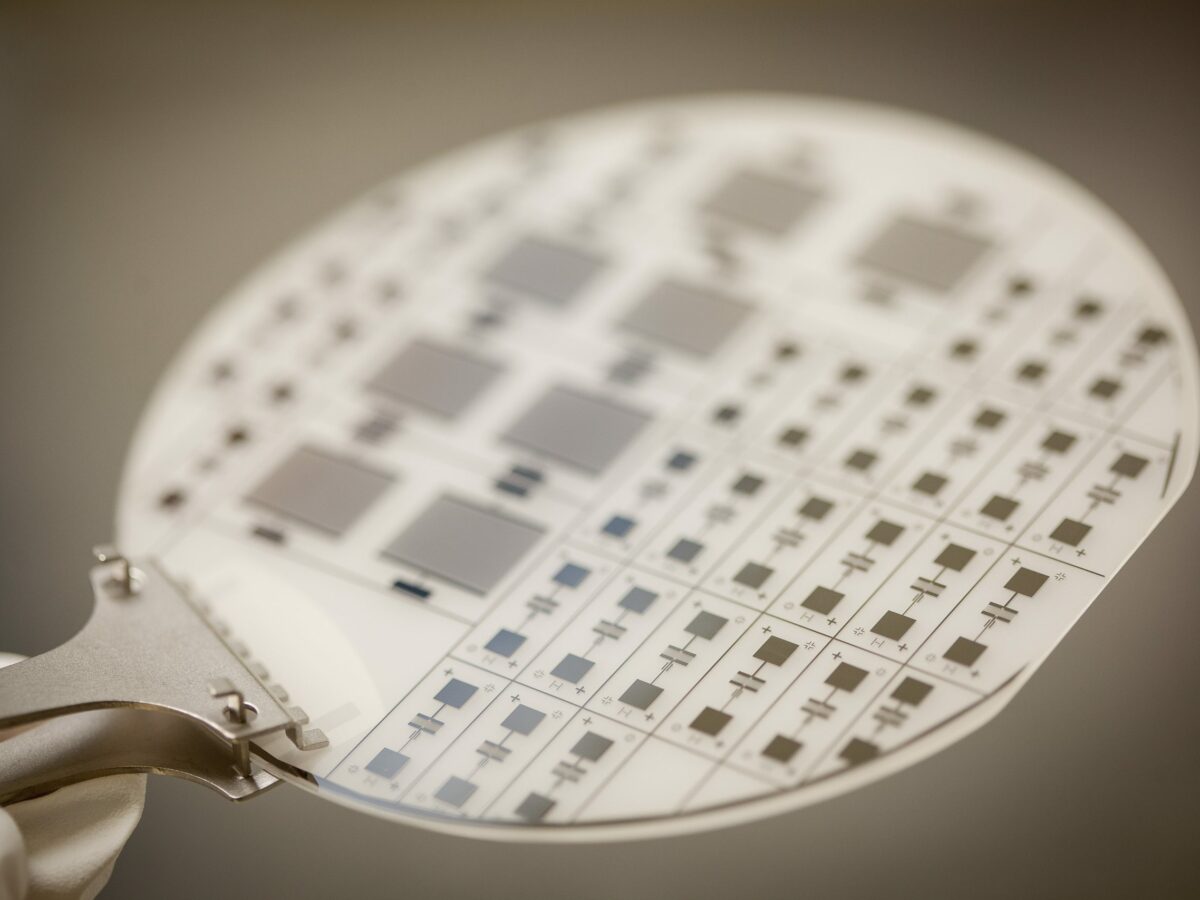Australia’s place in the semiconductor world – series introduction

Today @AuManufacturing launches our newest two-week editorial series, examining Australia’s participation in perhaps the most advanced manufacturing sector of them all. By Brent Balinski.
I heard it said recently that as Covid forced everybody to learn a little about virology, supply shortages and world politics are forcing everybody to learn a little about semiconductors.
From being rarely mentioned until not long ago, chips have earned an unusual amount of attention in recent years, and from people outside of the electronics industry. Those within it have also had an interesting time trying to ensure supply of this key intermediate good, and have spent a great deal of extra effort redesigning products to make do with whatever they can get.
As an Australian Strategic Policy Institute report a few weeks ago put it, unrestrained access to microchips – key to the smartness of every smart device – is a matter of “economic and national security” as well as “Australia’s day-to-day wellbeing as a nation.”
“In an increasingly digitised world, policymakers must treat semiconductors as a vital public good, almost on par with basic necessities such as food and water supplies and reliable electricity,” the authors asserted.
Military exercises in August by China around Taiwan – which produces about 60 per cent of all the world’s chips and about 90 per cent of the most advanced ones – were a dramatic reminder that perpetual access to this vital public good isn’t a sure thing.
Which leads to the question about what we can make domestically.
The answer is not very much. Nations with high economic complexity tend to play a large role in the semiconductor world. Australia – 91st of 133 in the Economic Complexity Index – is most definitely a taker rather than a maker.
Within the global semiconductor industry, tipped to grow to $US 1 trillion in value by the end of the decade, the nation’s presence is tiny. A study prepared for the NSW Chief Scientist and published in late-2020 “was unable to uncover a major Australian company, whose core business activity is participation in the semiconductor design, development and production value chain.”
Some potential exists, however. The report also identifies pockets of strength in academic research, and world-class semiconductor design expertise in “radio frequency (RF), millimetre wave (mmwave), photonics and radar.”
New policy efforts are being made, such as the recent establishment of a Semiconductor Sector Service Bureau (S3B) by the NSW government.
And there are high-potential companies involved within various parts of the value chain, including BluGlass, Diraq, Morse Micro, Bluchiip and Archer Materials (each of which has agreed to contribute to this series.)
Australia’s place in the semiconductor world is an effort by @AuManufacturing and the AUS-Semiconductor-Community group to find answers on where to go from here, through the collective expertise of our connections.
We will hear from the organisations mentioned above and from others about the state of the industry and what can be done to increase Australia’s participation.
It’s a tall challenge in a market that demands the very best from its participants, and which is incredibly globalised due to the awesome requirements for specialisation at each of the many steps going into it.
Doing anything of significance will also mean looking internationally.
“At the R&D level we can do it, but the big question is where is, on Australian soil, the commercial semiconductor high-volume manufacturing that delivers products not just to our local market but to global value chains,” Dr Bob Clark, one of the authors of the ASPI report mentioned above, tells @AuManufacturing.
“And this is not beyond Australia. It’s just that we haven’t taken that challenge on.”
We extend a huge thank you to the Australian National Fabrication Facility, which has made this series possible through its support. ANFF provides micro and nanofabrication for Australia’s researchers, and has become critical in translating ideas into products and in the development of start-ups in a wide range of tech-based markets.
There is no better place to begin the series than a background piece on semiconductors – aimed at an audience with little or no background in the subject – contributed by Steve Duvall and Glenn Downey. Read it here.
Main picture: ANFF
@AuManufacturing![]() and AUS-Semiconductor-Community’s editorial series, Australia’s place in the semiconductor world, is brought to you with the support of ANFF.
and AUS-Semiconductor-Community’s editorial series, Australia’s place in the semiconductor world, is brought to you with the support of ANFF.
Topics Analysis and Commentary
@aumanufacturing Sections
Analysis and Commentary Awards Defence Manufacturing News Podcast Technology Videos






